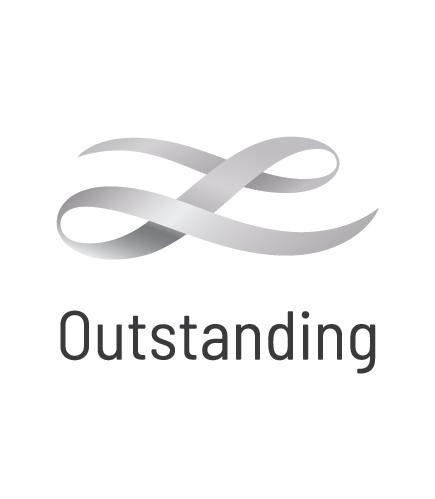Vasse Felix Tom Cullity
This wine is a great example of why Margaret River is such a powerhouse in the cabernet department: concentration, savoury tannins, spice, and plenty of fruit. Blend of Cabernet sauvignon/Malbec/Petit Verdot. Delicious from the first to the last sip, with its very long finish.
Schrader Double Diamond Oakville Cabernet Sauvignon
RESERVE DE LA COMTESSE Second wine of Chateau Pichon-Longueville Lalande
Vasse Felix Tom Cullity Cabernet Malbec
Vasse Felix, Margaret River's founding wine estate, was established by Dr Thomas Brendan Cullity in 1967. Among his first plantings were Cabernet Sauvignon and Malbec vines, from which he produced the estate's first red wine. The Tom Cullity descends from these original vines and represents the pinnacle of Vasse Felix. The inaugural release will be in May 2017, coinciding with Vasse Felix's 50th Anniversary.
Chateau Roc de Cambes
CHATEAU SMITH-HAUT-LAFITTE Rouge Grand cru classe
Dating back over 800 years in the Bordeaux region, Chateau Smith Haut Lafitte is owned today by Daniel and Florence Cathiard. The estate also features a world class spa, which specialises in Vinotherapie - using grape extracts in many of their treatments. Up until the year 2000, the estate was not known for producing top quality wines, however in the capable hands of the Cathiard family and after over a decade of hard work and reinvention, the wines truly began to come into their own. It has been, in the words of Andrew Caillard, an astonishing ascendancy in the past 15 years, and given the sterling reviews the 2016 vintage has received, its trajectory seems set to continue its meteoric rise.
Chateau Rauzan-Segla 2me cru classe
One of the original Second Growths of the Bordeaux Classification of 1855, Rauzan-Ségla's 51 hectares of mineral rich soils begin on the banks of the Gironde, on the left bank of Bordeaux. A complex mix of gravel, clay and limestone subsoil imparts a richness and complexity to the Cabernet (62%), Merlot (36%), Cabernet Franc (1%) and Petit Verdot (1%) grapes used to produce this powerfully intense and elegant wine. The estate was last sold in 1994 to the Wertheimer family of Chanel, who employed former Château Latour winemakers, David Orr and John Kolasa. Nicolas Audebert, the former winemaker at Cheval des Andes, the LVMH property in Mendoza Argentina, was hired to succeed John Kolasa following his retirement in 2014.
Chateau Phelan-Segur
Penfolds Bin 600 Cabernet Shiraz
ECHO DE LYNCH BAGES Second Wine of Chateau Lynch-Bages
ECHO DE LYNCH BAGES Second Wine of Chateau Lynch-Bages, Pauillac















